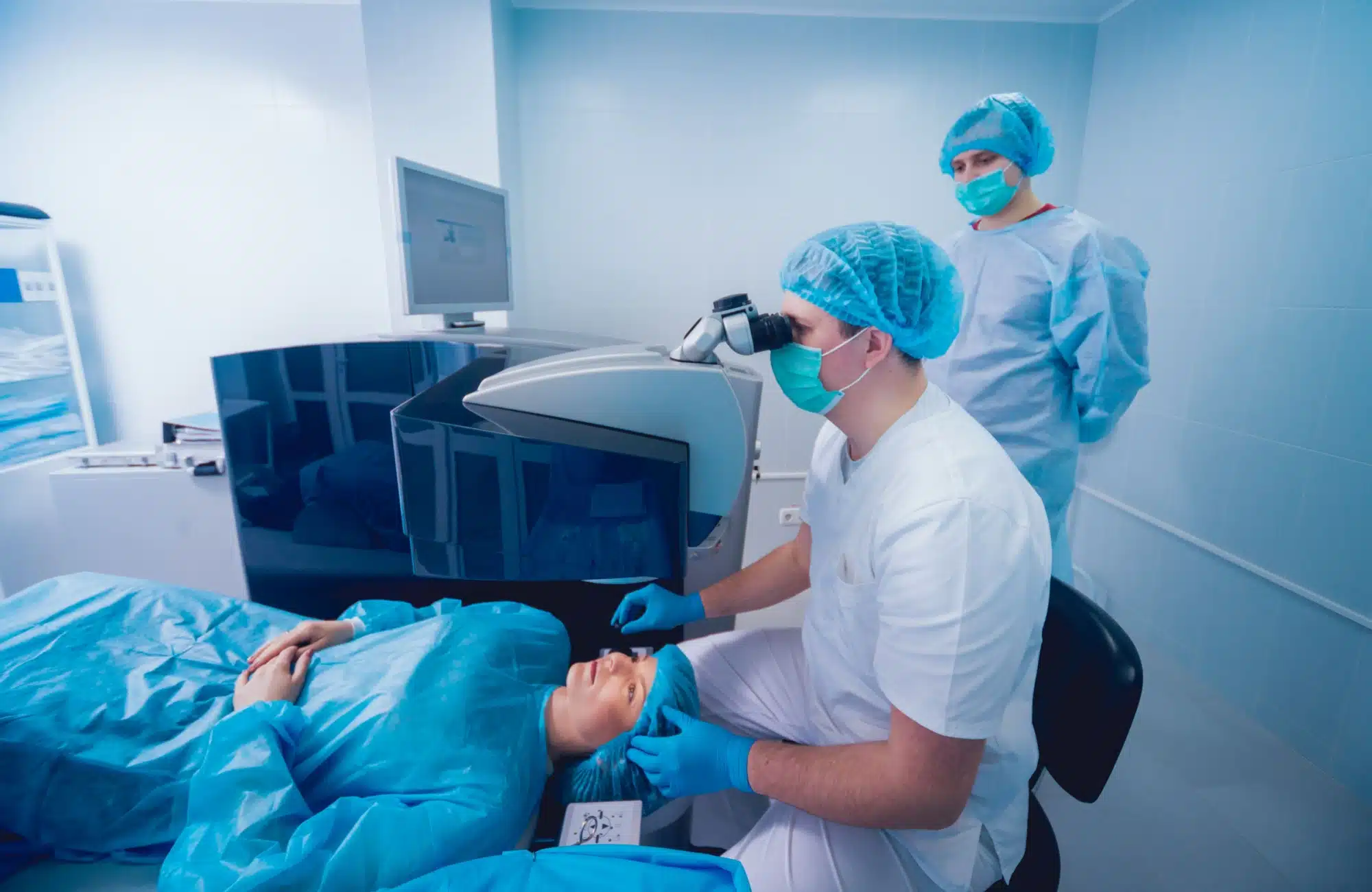The health sector is advancing toward an era of digital revolution. The technological advancements are transforming how doctors and other professionals employed to work. Healthcare is becoming more intuitive due to the use of digital experiences that are centered around users. The driving force behind this transformation is the unstoppable pairing of Artificial Intelligence (AI) and the design of digital experiences. When they’re combined, they’re turning the healthcare system upside and upside down about interactions between patients, clinicians, and interactions with administrators.
Previously, patients would wait for results from tests and spend a lot of time interpreting medical terminology, and then feel anxious because they weren’t receiving a personalised treatment plan. Today, with real-time alerts, health monitoring that is predictive and customized health plans, it’s now easy for patients to stay on top of health issues.
However using Artificial Intelligence in the field of healthcare, doctors and specialists can manage the overload of data in a systematic and easily accessible manner. With user-friendly interfaces, they can concentrate their efforts and time on providing patient care.
As we head toward a more digital, patient-centric future, the issue that is on our minds is Can the next-generation design of healthcare apps determine the future of digital interfaces? There is a strong indication that it will, and the transformation is already underway.
Let’s take a deeper look at the changes in the User Experience (UX) through artificial intelligence:
How AI in Healthcare is Enhancing Digital Experience Design?
AI can be described as the gold bullet. But when it is strategically utilized by the design of digital experiences, it can act as an enabler that provides users with intelligent, contextually sensitive systems that adapt in real-time.
This is the way AI is enhancing the healthcare interfaces using the next generation of UX techniques:
1. Personalization at Scale
Machine learning algorithms are able to process massive databases, including biometric, behavioral, demographic, as well as clinical data, to improve the user Experience (UX) on an individual level. To doctors, it’s the ability to prioritize patient lists, diagnosis suggestions, and efficiency. For patients, it’s interactive dashboards, customized treatment pathways, and real-time predictive analysis.
Think of platforms like MyChart and Teladoc Health. With AI layers embedded, they’re not portals, they’re health companions that work for your benefit. Personalized UX is now context-based and not content-based.
2. NLP and Conversational Interfaces
Natural Language Processing (NLP) is bringing healthcare into conversation. Voice assistants and chatbots powered by AI have already streamlined administrative tasks like scheduling appointments and reminders to patients that they need their medication, and giving post-care directions. But the next generation chat-based User Interfaces User Interfaces) is more efficient, helping with the triage of symptoms, verifying the insurance plan, or providing mental health counseling.
Design is what makes a chatbot magical. The power of chatbots is not in the words it uses but in the manner in which it says it. This is a matter of emotionality, tone, as well as latency and flow. If UX and AI are combined to create interfaces, they are less transactional and more akin to human beings.
Predictive UX for Next-Gen Healthcare App Design
Imagine logging in to a health application and not just looking at your upcoming appointments but also AI-based suggestions in response to your latest lab reports, as well as notifications for maintaining your health and wellness, as well as scheduling your next appointments. This is predictive UX at work, showing the most effective tasks to be done before the user gets a chance to think.
AI models like DeepMind’s AlphaFold (applied to protein structure prediction) and Google’s Med-PaLM (for Medical Q&A) show how AI can process complex data and deliver advanced outputs. Integrating these models into user interfaces can transform raw data into user-friendly experiences.
Building Trust, Ethics, and Transparency by Using AI in Healthcare
In the field of medicine, trust isn’t an option; it’s a requirement. The development of AI-based interfaces should include an unwavering commitment to the ability to explain and be transparent. Users should be able to understand the reason behind why an AI system has suggested an approach or is displaying an alert.
This is the point at which Ethical Design intersects with Explainable AI. Interfaces should ensure that AI-driven knowledge is effectively communicated through visual clues and clear explanations of language and interaction histories. The transparency as well as accountability for AI, and not the concealing of AI, should be the ultimate goal.
Privacy is also important. Designers should also include privacy components, anonymization markers, and role-based access controls in the UI from the beginning. An effective interface isn’t just visually pleasing, it also ensures the safety of the user.
How Multi-Modal Interfaces Offer Seamless Device Integration?
Healthcare facilities no longer depend only on hospitals and clinics. Wearables and remote health monitoring, and even ambient IoT interfaces must be able to switch between different environments and devices. AI will have a lot to determine the ease with which it is possible to do this. For example:
Wearables and Mobile UX
Smartwatches currently detect anomalies, like atrial fibrillation or low levels of oxygen. AI transforms this information into metrics for decision-making, and UX designers convey it via lower cognitive burden, one-tap notifications, and color-coded alerts. contextually-based recommendations.
Telehealth and Voice UX
Voice interfaces are now able to detect the signs, make appointments to record, and even interpret emotional signals. By using visual design (for instance, labels for sentiment and post-visit report cards), this creates an immersive, high-quality experience that is multi-sensory.
The future of healthcare will require seamless interaction between voice, touch, and visual interaction. Next-gen healthcare app design facilitates omnichannel patient care.
Emerging Trends and Future of AI in Healthcare
The future of health care isn’t determined by more advanced algorithms, but rather by user-centric and an improved user experience. Examples include:
- Patient-facing interfaces are the subject of a lot of attention and are subject to a lot of UX.
- AI-powered dashboards can display actionable patient information and identify anomalies and even predict deteriorating conditions, without disrupting the flow of clinical care.
- Epic, Cerner, and Cerner, Epic, and EHR giants are adding machine learning to their products.
But, the secret to success is seamless UI/UX interfaces that do not interfere with but improve the overall user experience. A perfect AI system is invisibly gradually increasing efficiency, without affecting the flow of thoughts.
In this case, design systems must focus on usability testing, reducing cognitive load, and task-based navigation. A stunning interface that is efficient in the number of clicks and effort required isn’t enough. It needs to support medical reasoning. When you look at the speed of AI being used in different areas that deal with healthcare, the future appears promising:
1. Digital Therapeutics (DTx)
AI-powered apps are being viewed more often as digital experiences, therapeutic medical apps that address conditions such as diabetes, ADHD, or insomnia. The challenge for designers is to balance medical significance with high-end consumer UX. Healthcare facilities can solve this issue by using next-generation healthcare application design tools.
2. Emotion AI
Voice recognition, facial recognition, or biometric signal-reading technology for analyzing emotional states is gaining traction in websites and apps for mental health as well as therapy platforms. The use of emotional intelligence in interfaces can transform patient engagement, provided that they are ethically implemented.
3. Synthetic Patients for Testing
Artificially-generated patient data generated by AI is used to mimic UX scenarios so that designers can test the interface prior to release. It allows the creation of a risk-free, iterative design in an unregulated market.
4. Adaptive Interfaces
We are moving toward interfaces that adjust to the user’s experiences. Unexperienced caregivers might be able to access the steps of a tutorial and safety checkpoints, while a doctor with specialized training can access rich dashboards with lots of data. AI can support real-time UI modification, which makes the healthcare system more convenient and flexible.
Conclusion: Building Tomorrow’s Healthcare, Today
Designing for next-generation healthcare apps isn’t just shaping the future of digital experience interfaces. It’s the definition of the future of healthcare apps. Through combining intelligent systems with user-friendly, human-centered design, we’re moving towards healthcare experiences that are personalized, predictive, and completely user-centric.
The future demands collaboration across functions: data-savvy designers as well as engineers who listen to their clients, doctors who are concerned about UX as much as they are about anatomy. The new healthcare interface of the future isn’t a passive screen, but an active, intelligent system.





